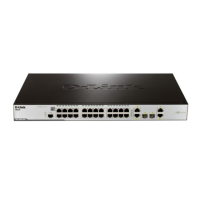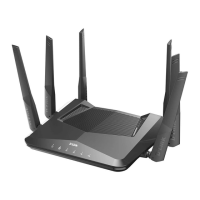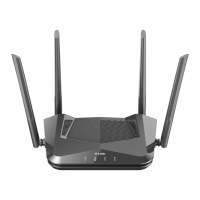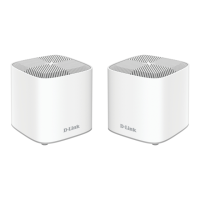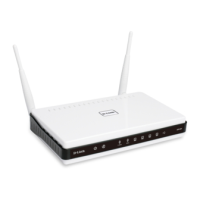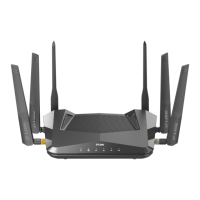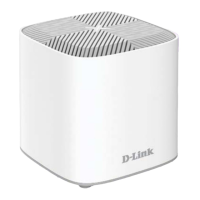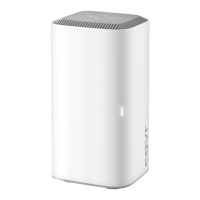xStack
®
DES-3200-10/18/28/28F Layer 2 Ethernet Managed Switch User Manual
The previous picture shows the default priority setting for the Switch. Class 3 has the highest priority of the four priority
queues on the Switch. In order to implement QoS, the user is required to instruct the Switch to examine the header of
a packet to see if it has the proper identifying tag tagged. Then the user may forward these tagged packets to
designated queues on the Switch where they will be emptied, based on priority.
For example, if a user wishes to have a videoconference between two remotely set computers, the administrator can
add priority tags to the video packets being sent out, utilizing the Access Profile commands. Then, on the receiving
end, the administrator instructs the Switch to examine packets for this tag, acquires the tagged packets and maps
them to a class queue on the Switch. Then in turn, the administrator will set a priority for this queue so that will be
emptied before any other packet is forwarded. This result for the end user is receiving all packets sent as quickly as
possible, thus prioritizing the queue and allowing for an uninterrupted stream of packets, which optimizes the use of
bandwidth available for the video conference.
Understanding QoS
The Switch has four priority queues. These priority queues are labeled from 0 to 3, with 3 being the highest priority
and 0 the lowest priority queue. The eight priority tags, specified in IEEE 802.1p are mapped to the Switch's priority
tags as follows:
Priority 0 is assigned to the Switch's Q1 queue.
Priority 1 is assigned to the Switch's Q0 queue.
Priority 2 is assigned to the Switch's Q0 queue.
Priority 3 is assigned to the Switch's Q1 queue.
Priority 4 is assigned to the Switch's Q2 queue.
Priority 5 is assigned to the Switch's Q2 queue.
Priority 6 is assigned to the Switch's Q3 queue.
Priority 7 is assigned to the Switch's Q3 queue.
For strict priority-based scheduling, any packets residing in the higher priority queues are transmitted first. Multiple
strict priority queues empty based on their priority tags. Only when these queues are empty, are packets of lower
priority transmitted.
For weighted round robin queuing, the number of packets sent from each priority queue depends upon the assigned
weight. For a configuration of four QoS queues, A~D with their respective weight value: 4~1, the packets are sent in
the following sequence: A1, B1, C1, D1, A2, B2, C2, A3, B3, A4.
For weighted round robin queuing, if each QoS queue has the same weight value, then each QoS queue has an equal
opportunity to send packets just like round robin queuing.
The Switch has four priority queues (and eight Classes of Service) for each port.
106
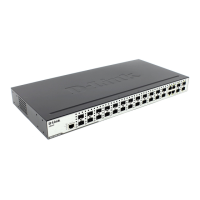
